2024 Mid-Year Market Update: Navigating an Unstable Economy
07-01-2024
The US economy has shown unexpected strength since the Federal Reserve started raising interest rates in March 2022. Now, over two years into this, we find ourselves in a delicate balance with strong forces pulling the economy in different directions.
Effects of Fed Rate Hikes
The Fed’s rate increases have significantly impacted consumers, businesses, and banks. Higher borrowing costs are leading to more people missing payments, more businesses going bankrupt, and more pressure on banks, especially smaller regional ones.
Fed’s Change of Direction
In December 2023, the Federal Reserve signaled a shift towards easier financial conditions. This led to a surge in bond issuance, more mergers and acquisitions, and a rally in risky assets. These easier conditions have somewhat balanced out the impact of the Fed’s earlier rate hikes, helping the economy and inflation to pick up again.
Economic Tug-of-War
Despite the challenges from higher borrowing costs, the US economy’s underlying strength suggests that easier financial conditions will continue to offset these effects for at least the next three quarters. This is due to strong consumer spending, high government spending from recent bills, robust corporate earnings, and the positive impact of rising asset prices.
Economic Outlook for 2024
Inflation will likely stay above the Fed’s 2% target for some time. We believe interest rates will remain high throughout 2024, with no expected cuts.
Key Takeaways
– The US economy is currently balanced between the impacts of Fed rate hikes and easier financial conditions.
– Higher borrowing costs are causing financial strain on consumers, businesses, and banks.
– The Fed’s shift towards easing in December 2023 has boosted economic growth and inflation.
– US economic growth is expected to exceed consensus in 2024, with inflation remaining above the Fed’s target.
– Interest rates are likely to stay high throughout 2024, with no cuts anticipated.
